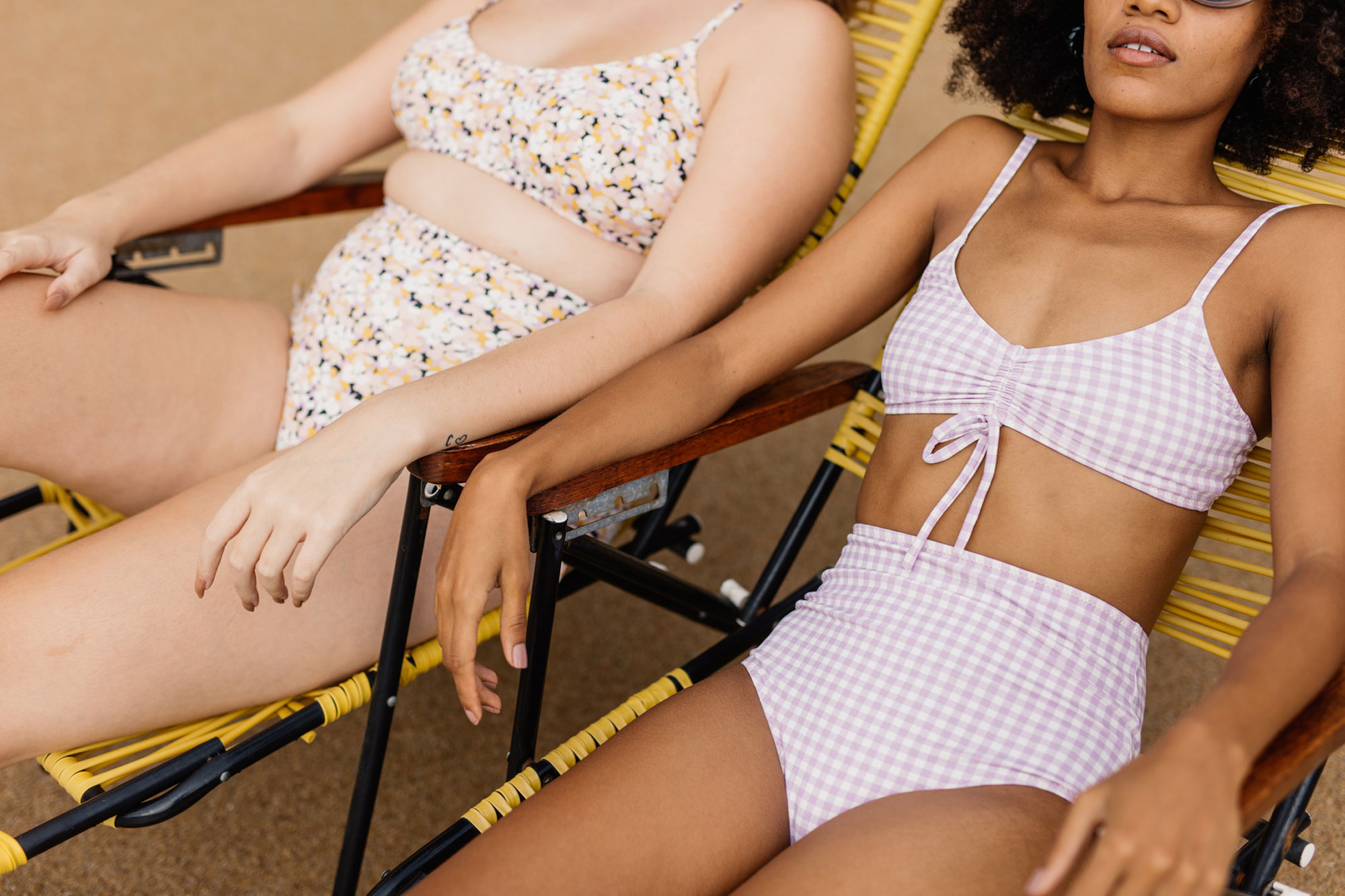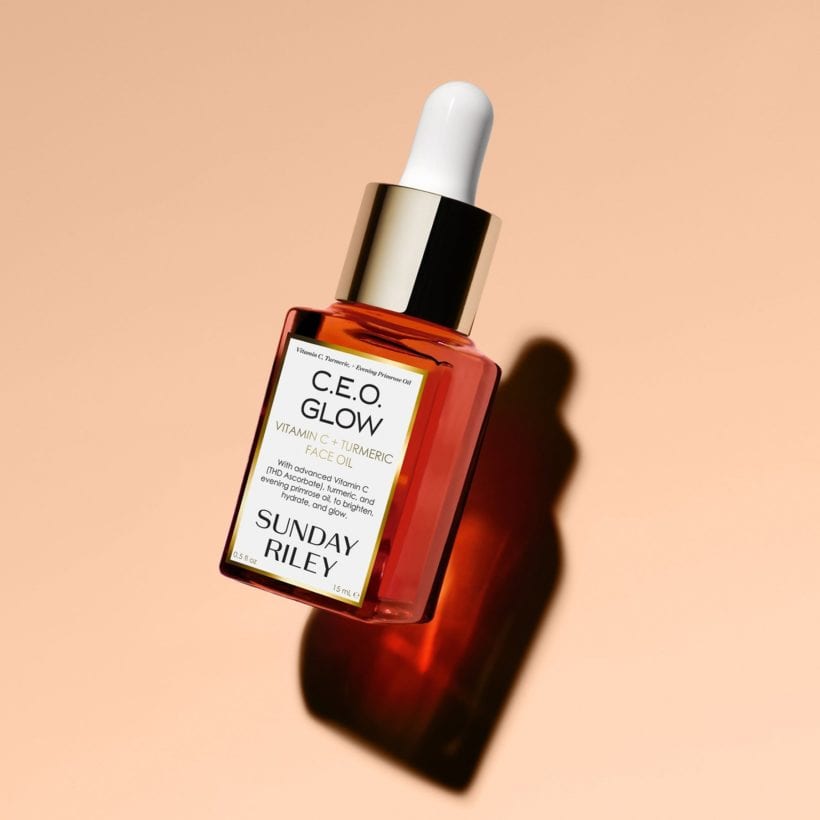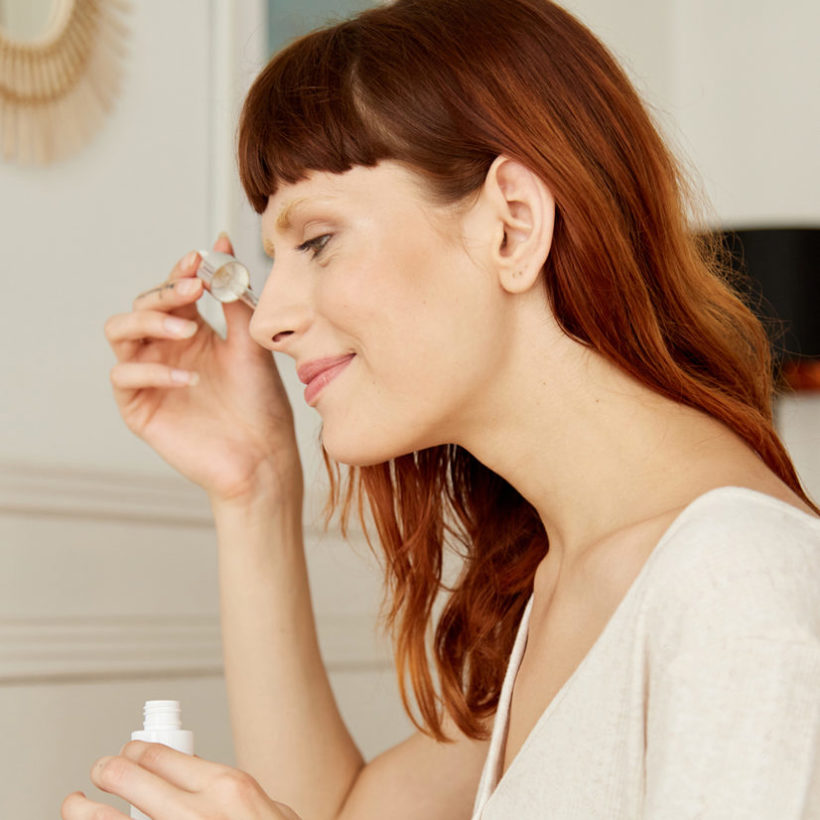Two college friends travel to the beach in Cabo San Lucas for spring break. It is 1994, and both girls are about 20 years old. Elizabeth, who has fair skin and blue eyes, wears a large floppy hat every day, a rashguard, and a layer of sunscreen so thick she looks almost phosphorescent as she gingerly steps away from a large umbrella into the glare of the blistering Mexican sun.
“You look like an extra from the set of Ghostbusters,” her best friend Julie teases, slathering on more coconut-scented tanning oil as she flips onto her back to ensure her tan is perfectly even. By the end of the day, her entire body will be a flaming shade of scarlett, and her skin so burnt she will scream out in pain when she turns in her sleep.
Fast forward 28 years. Julie, now pushing 50, lives in Palm Beach, Florida, and spends much of her free time at her local beach club. By all accounts, she still has a tan. But, unfortunately, she also has the wrinkles, hyperpigmentation, and thick, leathery skin of a woman who has spent the better part of her adult life chasing UV rays. Elizabeth, meanwhile, barely has a freckle on her skin.
Dermatologists say this scenario is extremely common. Studies show sun exposure may account for up to 80% of the visible signs of aging in skin. And UV damage in the form of wrinkles and hyperpigmentation often shows up long before people reach their 50th birthday. “I’ve seen women only 28 years old who’ve been tanning for years, and their skin looks terrible,” says Michele Green, M.D. “They look ten years older than their chronological age.”

If this sounds like hyperbole, consider this 2009 identical twins study published in Plastic and Reconstructive Surgery. Researchers recruited 186 sets of identical twins and analyzed images to determine their perceived ages.
Since twins share the same genetic material, their skin should age at the same pace, assuming lifestyle factors are the same. However, researchers found huge discrepancies in perceived age, as much as an 11-year difference in two sisters who had markedly different approaches to the sun.
While other factors, like cigarette smoking and body mass may have also played a role, the study concluded that the single most significant determinant of perceived age across all sets of twins was lifelong exposure to UV radiation.e
Meet the Experts
Joshua Zeichner, M.D. is an N.Y.C. dermatologist.
Michele Green, M.D is an N.Y.C dermatologist.
How UV Rays Accelerate the Aging Process
The human body is made up of billions of stable molecules with electrons surrounding them (in even numbers: 2, 4,6, or 8). UVA and UVB rays create free radicals, which introduce unstable oxygen molecules that trigger an inflammatory response in the skin. This inflammation sends your body’s molecules into chaos, leaving them with only 1,3, 5, or 7 electrons, and this imbalance results in what we call free radicals. In addition to damaging skin-plumping collagen and elastin, free radicals impair melanin production, resulting in patchy areas of hyperpigmentation.
“Think of UV light like putting your bread in the toaster for too long on two high heat,” says Joshua Zeichner, M.D. “Not only does it burn the bread, but it physically destroys the structure of it. UV light does the same thing to our skin cells, causing inflammation and structural changes that lead to premature aging and skin cancers.”
How to Age-Proof Your Skin

Since UVA and UVB rays are present all year long, dermatologists recommend that you wear sunscreen 365 days a year (even on cloudy days). The key is to find a cosmetically elegant formula that you will want to wear every day, like Sunday Riley’s Light Hearted Broad Spectrum Sunscreen, which is lightweight and fast absorbing, making it a great choice for everyday use. Before applying your SPF, smooth on an antioxidant serum like Sunday Riley C.E.O. 15% Vitamin C Brightening Serum. Though vitamin C isn’t a replacement for sunscreen, the powerful antioxidant works synergistically with your sunscreen to protect the skin by neutralizing inflammatory free radicals. Sunscreen also prevents your vitamin C skincare from oxidizing, so when layered together, they bring out the best of each of their benefits.
Wait, But What About Vitamin D?
Here on The Edit, we’ve waxed poetic about the myriad health benefits of vitamin D, so you might be wondering how you can get adequate amounts while simultaneously wearing sunscreen 365 days a year. In reality, experts like Dr. Zeichner says your body needs much less UV light exposure than you might expect to synthesize vitamin D.
Studies show just 10-15 minutes of exposure (with 22% of uncovered skin) may be adequate in summer and spring when the sun is strongest. “Sitting in the sun [for long periods] in order to get vitamin D is not necessary and is harmful to the skin,” Dr. Zeichner says. It also depends on your location: In the fall and winter in countries like Switzerland, it’s impossible to get the recommended amount of vitamin D solely from the sun without the risk of sunburn, especially considering that most of your body is bundled up.
Zeichner notes that the best way to ensure you have adequate levels of vitamin D is to eat a well-balanced diet, including vitamin D-fortified foods like dairy milk and fresh fish. “When your diet is not enough, vitamin D supplements under the supervision of your physician are my best recommendation,” he says.
We only recommend products we have independently researched, tested, and loved. If you purchase a product found through our links, Sunday Edit may earn an affiliate commission.










